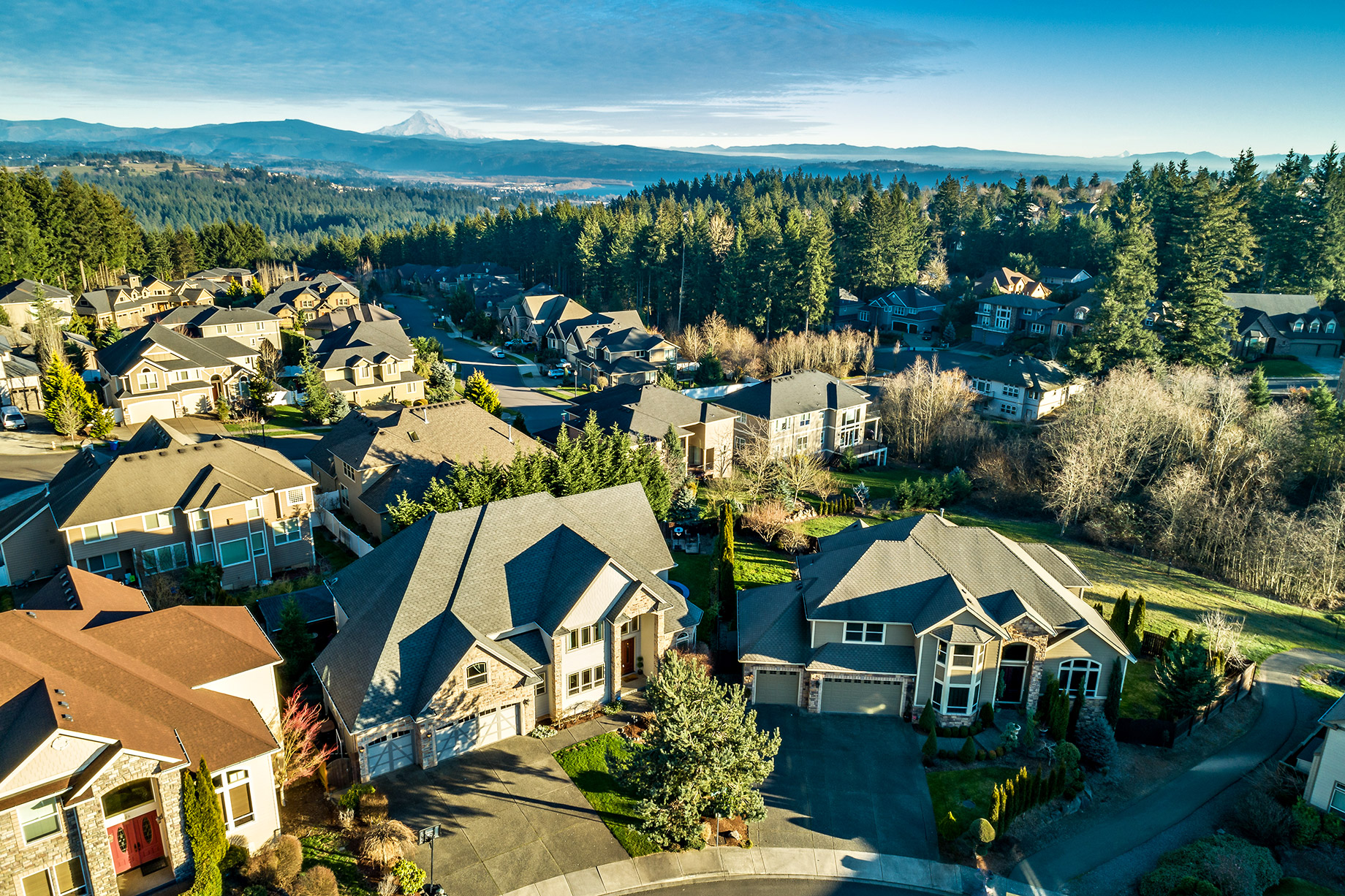
If you want to diversify your portfolio, you may want to consider investing in real estate. Real estate investments can be a great way to spread your investments across different asset classes to reduce risks. The performance of real estate markets is only sometimes directly correlated with the performance of stock and bond markets.
This means that when stocks and bonds are performing poorly, real estate investments may still generate income or value appreciation, which can significantly help balance your portfolio. In 2023, a forecast of USD $395.40 billion in revenue is projected in real estate in the United States, with an annual growth rate of 2.15%.
Real estate investments can be a great way to build wealth and generate income, but choosing the right neighborhood is crucial to the success of your investment. The right location can increase the value of your property, ensure a steady stream of tenants or buyers, and lead to long-term appreciation.
This post will explore the key factors to consider when choosing the best neighborhoods for real estate investments. By understanding the critical considerations for selecting the right neighborhood, you can make more informed decisions and increase your chances of success. Here are some tips to help you choose the best neighborhoods for your real estate investments.
Research The Local Market
To research the local market, you need to gather information on the average home values, rental prices, and sales trends in the area you’re considering. This information can be found through various sources, including real estate websites like Chatburn Living, local newspapers, and government data.
One important aspect of researching the local market is to look at comparable sales data. This will give you an idea of the selling prices of similar properties in the area and help you determine your property’s potential value.
Look For Areas With Strong Job Growth
When looking for the best neighborhoods for real estate investments, it’s important to consider areas with solid job growth. This tends to attract more people, leading to increased demand for housing which drives up home values and rental prices.
To find areas with solid job growth, you can research the significant employers and look for any new job opportunities being created. Look for expanding industries, such as technology, healthcare, and education.
Another way to identify areas with solid job growth is to look at the unemployment rate. Areas with a low unemployment rate are likely to have strong job growth and a healthy economy. You can find this information on the Bureau of Labor Statistics website or in local newspapers.
Consider The Local Amenities
Amenities such as schools, parks, shopping centers, and public transportation can make a neighborhood more desirable. This increased desirability can lead to higher home values, rental prices, and a steady stream of tenants or buyers.
For example, a neighborhood with good schools and parks can be a great investment opportunity for families with children. These amenities can make the area more desirable to parents, increasing housing demand.
Similarly, a neighborhood with easy access to public transportation and shopping centers can be more desirable to commuters and people who want to live close to the city. Amenities such as bike lanes, hiking trails, and green spaces can also be a plus for the neighborhood, especially for people who value an active and healthy lifestyle.
Look For Areas With A Low Crime Rate
Safety is a significant concern for many people, so many are gravitating toward neighborhoods with a low crime rate. To research the crime rate in a specific area, you can check local crime statistics or visit the website of the local police department. Many police departments have online crime maps that show the locations of recent crimes in the area. You can also check with local real estate agents or residents about their perception of the area’s safety.
It’s important to note that crime can indicate other neighborhood issues, such as poverty or lack of community engagement. If you see a high crime rate in a neighborhood, it’s essential to remember there may be underlying reasons for this, and the community may not be a good fit for your investment plans.
Look For Areas With Potential For Appreciation
Appreciation refers to the increase in the value of a property over time. By investing in areas with potential for appreciation, you can increase your property’s value and earn a higher return on your investment.
One way to identify areas with potential for appreciation is to look at the historical appreciation rate of the site. Look for places that have seen steady growth or have been identified as up-and-coming neighborhoods by real estate experts.
You can also look for areas that have undergone or are undergoing redevelopment projects, such as new infrastructure, businesses, and housing developments. These projects can also lead to an increase in property values.
Check For Any Upcoming Developments
When choosing the best neighborhoods for real estate investments, it’s essential to consider any upcoming developments in the area. New shopping centers, transportation projects, or housing developments can positively impact your property’s value.
These can bring in new businesses and jobs, leading to an increase in demand for housing. They can also make an area more desirable by providing easy access to the city and other parts of the region. Housing developments can positively impact your property’s value by increasing the area’s overall housing stock and bringing in new residents.
Conclusion

Choosing the right neighborhood before you purchase a real estate property is crucial to the success of your investment. The right location will increase your property’s value and ensure a steady stream of tenants or buyers. Remember to do your due diligence and seek professional advice before making any real estate investment decisions. With the right location, your real estate investment can be a powerful tool to build wealth and generate income for years.